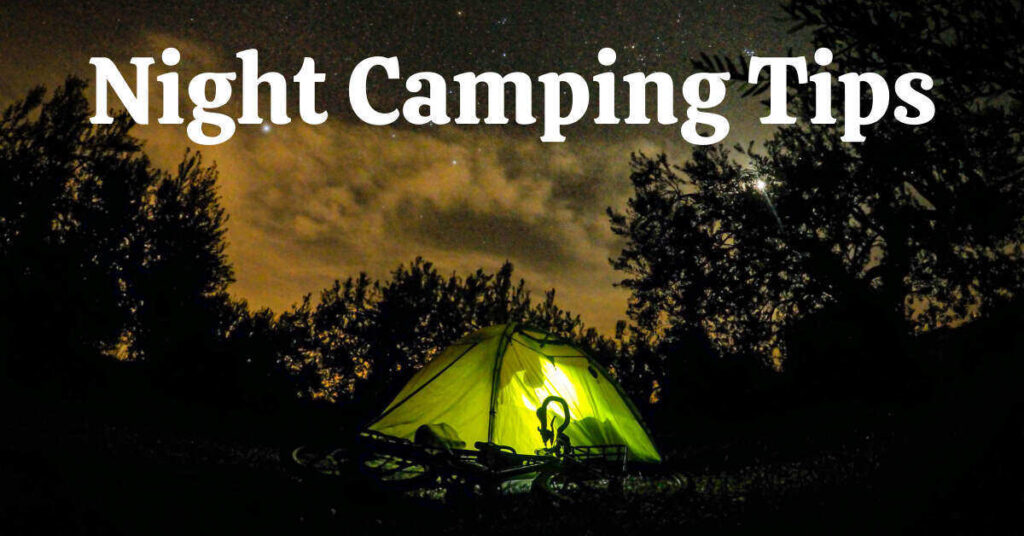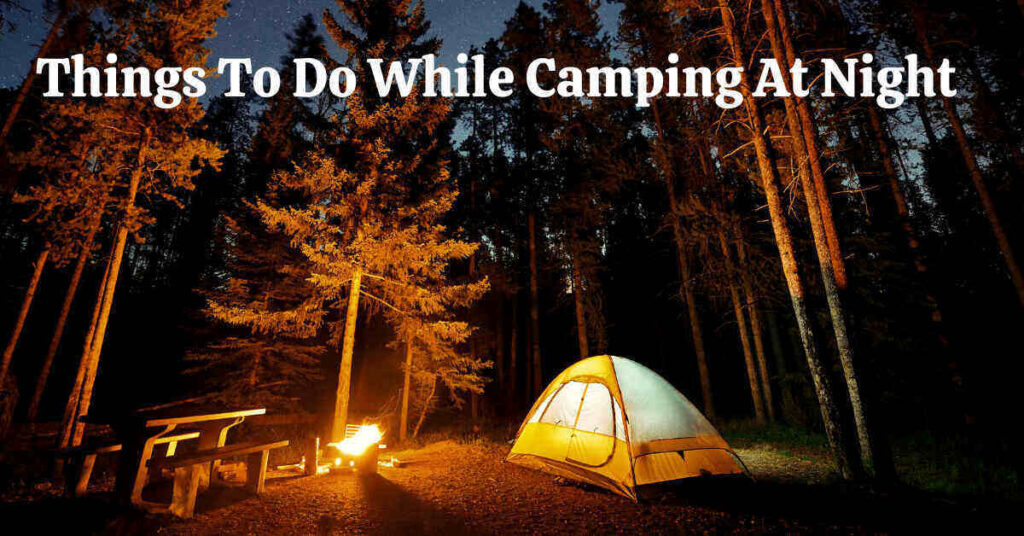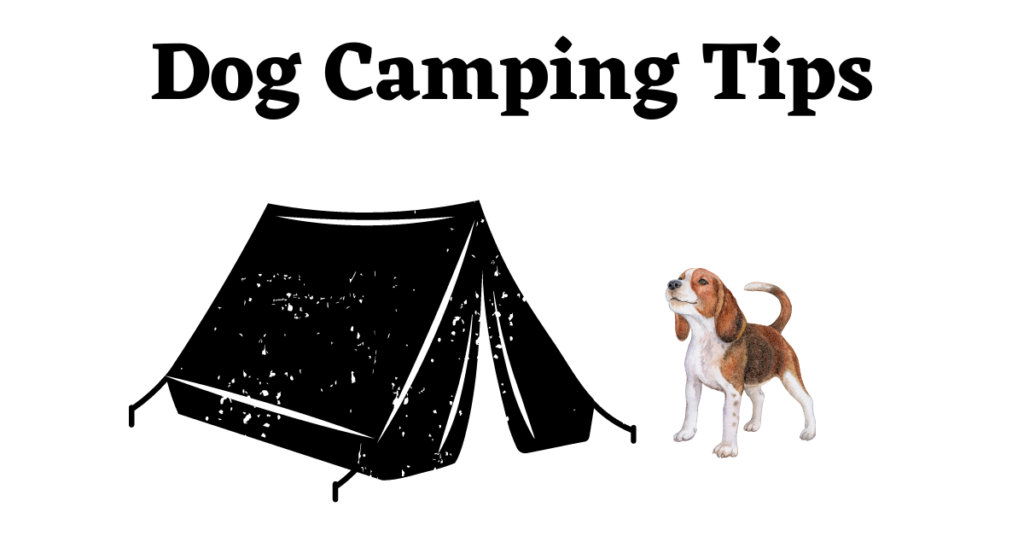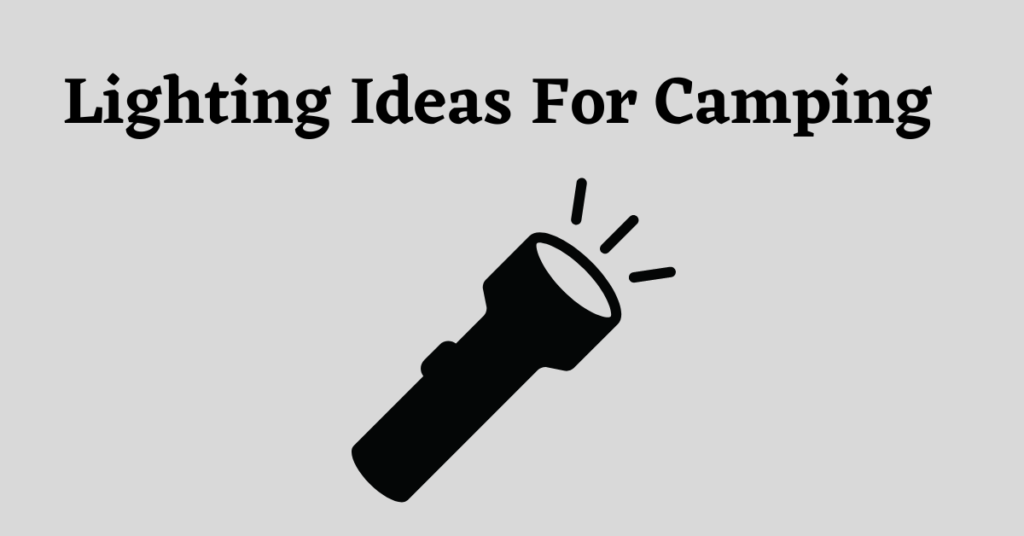Imagine yourself surrounded by nature’s beauty, the peaceful serenity of the great outdoors. The sunsets, the crackling campfire, and the sound of leaves rustling in the wind. But amidst this tranquility, lurking in the shadows, are slithering creatures that can send shivers down your spine – snakes. Fear not, adventurer, for here are 9 effective ways to keep snakes away while camping.
1. Clear away any debris or clutter around your camping area
You should clear away any debris or clutter around your camping area. Take a moment to scan the area and remove any fallen branches, rocks, or piles of leaves.
These are all potential hiding spots for snakes, and by clearing them away, you are creating a safer environment for yourself and your fellow campers.
Pay extra attention to areas near your tent or sleeping area, as snakes may be attracted to the warmth and shelter. Keep the perimeter of your camping site clean and well-maintained. By doing so, you are reducing the chances of snakes being drawn to your camping area.
Additionally, keep your camping gear organized and off the ground, as snakes may seek shelter or warmth in piles of gear.
2. Keep your campsite clean
To prevent snakes from being attracted to your campsite, ensure the area is clean and free of any food scraps or garbage. Snakes are often drawn to campsites by the scent of food, so it’s essential to maintain a tidy and clutter-free environment.
Here are some tips to help you keep your campsite snake-free:
– Dispose of all food scraps and garbage properly. Seal them in airtight containers and store them away from your campsite.
– Clean up any spills or crumbs immediately. Snakes can detect even the tiniest food particles and may be enticed by them.
– Avoid leaving dirty dishes or utensils out in the open. Wash them thoroughly and store them away to eliminate any food odors.
– Store your food in secure containers or hang it from a tree branch. This will not only prevent snakes from accessing it but also keep other wildlife away.
By following these guidelines, you can create a campsite that’s unattractive to snakes, allowing you to enjoy your camping experience without any unwanted slithery visitors.
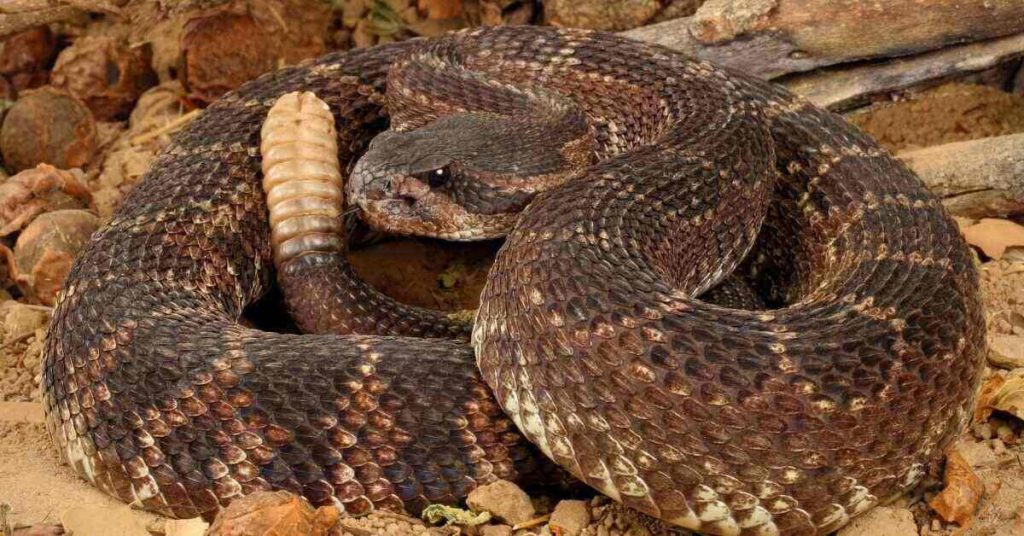
3. Avoid camping near water sources or dense vegetation
Camping near water sources or dense vegetation can increase the likelihood of encountering snakes.
Snakes are attracted to these areas because they provide them with food, shelter, and a source of water. To avoid any unwanted encounters, consider choosing a campsite away from these snake-friendly environments.
When selecting your camping spot, look for areas that are open and free from dense vegetation. Opt for a location that is a good distance away from water sources such as lakes, rivers, or ponds.
4. Use snake repellent products or natural deterrents
When it comes to preventing snake encounters, using snake repellent products or natural deterrents can be an effective strategy. Here are some ways you can keep those slithery creatures away while camping:
- Snake repellent spray: This is a popular option that emits a scent that snakes dislike, helping to keep them at bay.
- Natural oils: Certain essential oils like cinnamon, clove, and cedarwood have been known to repel snakes. Simply mix a few drops with water and spray around your camping area.
- Snake-proof fencing: If you’re setting up a more permanent campsite, consider installing snake-proof fencing to create a physical barrier that snakes cannot penetrate.
5. Keep your tent zipped up at all times
Snakes can be curious creatures, and if given the opportunity, they may slither their way into your tent. But fear not, for there is a simple solution to this potential problem. By always zipping up your tent, you create a barrier that snakes cannot penetrate.
This simple act can allow you to enjoy your camping experience without worrying about unexpected encounters with these reptiles.
6. Wear proper footwear and clothing to protect yourself
As you venture into the great outdoors, wear appropriate footwear and clothing to safeguard yourself from potential hazards. Here are some key tips to keep in mind:
- Choose sturdy footwear: Opt for closed-toe shoes or boots with good traction to protect your feet from sharp objects, slippery surfaces, or potential snake encounters.
- Wear long pants: Long pants offer an extra layer of protection against scratches, insect bites, and potential snake bites. Ensure they are made of thick material to provide better defense.
- Use high socks: Wearing high socks can help prevent ticks and other insects from crawling up your legs. Plus, they offer an additional layer of protection against snake bites.
- Avoid loose-fitting clothing: Loose clothing can make it easier for snakes to get tangled or trapped, increasing the risk of bites. Select well-fitted attire that allows for freedom of movement.
7. Avoid sleeping directly on the ground
Avoid sleeping directly on the ground while camping, as it also puts you at risk of encountering snakes.
Instead, consider using a camping hammock or a camping cot. These alternatives elevate you off the ground, providing a barrier between you and the creepy crawlies that may be lurking in the grass.
Hammocks are lightweight, easy to set up, and can be attached between two trees, offering a comfortable and secure sleeping option.
Camping cots, on the other hand, are sturdy and provide a stable surface to sleep on. They are designed to be portable and collapsible, making them a convenient choice for camping trips.
By choosing to sleep off the ground, you not only avoid potential discomfort but also reduce the chances of encountering snakes and other hazardous creatures.
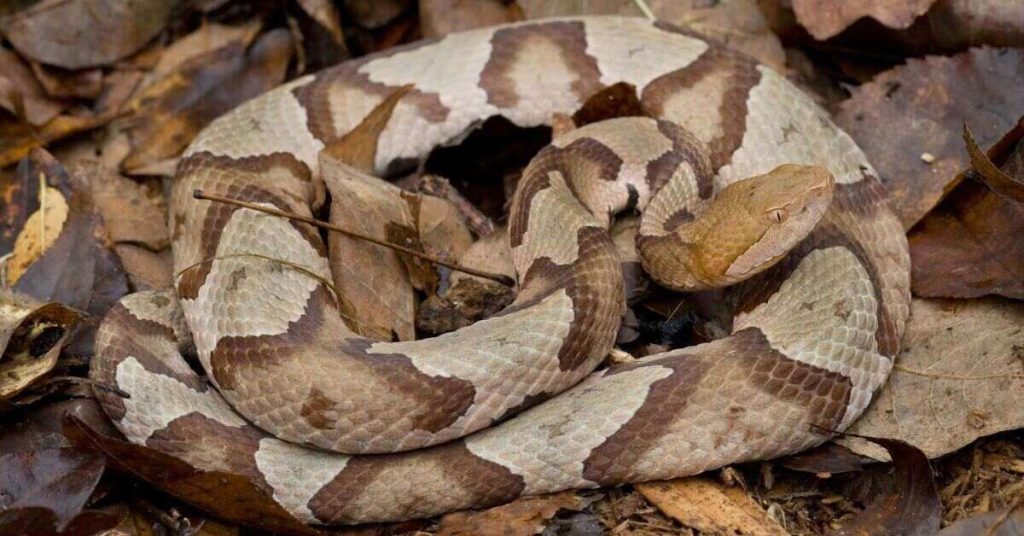
8. Keep a safe distance from any snakes you encounter
Here are some tips to help you stay away from snakes while camping:
- Stay calm: If you spot a snake, try to remain calm and composed. Panicking can make the situation more dangerous.
- Give them space: Snakes are generally non-aggressive creatures and prefer to avoid human contact. Give them plenty of space and avoid approaching or provoking them.
- Stick to open areas: When hiking or walking in snake-prone areas, stay on designated trails and avoid tall grass or dense vegetation where snakes may hide.
- Use a walking stick: Carrying a walking stick can help you detect snakes on the ground and create a barrier between you and the snake if needed.
- Educate yourself: Learn how to identify venomous snakes native to the area you’ll be camping in. Knowing what to look for can help you make informed decisions and react appropriately if you encounter a snake.
9. Steps to take when a snake bites you
Snake bites happen, but this doesn’t mean you’re doomed. Handle it like a pro by following these steps:
- Stay Calm, Stay Put: First things first, take a deep breath. Panicking isn’t your style. Stay where you are, so you don’t increase your heart rate and speed up venom circulation.
- Immobilize and Elevate: If it’s a limb bite, gently immobilize that area using a makeshift splint. Then, if possible, slightly elevate the bitten limb – not a sky-high lift, just a gentle rise.
- Ring Emergency Services: Get that phone out and dial for help! Inform them about the snakebite and your location. This is no time to play Lone Ranger – let the experts know. Here are some solo camping tips.
- Remove Constricting Items: If you’re wearing tight accessories near the bite, like rings or bracelets, remove them. Swelling might happen, and you don’t want to feel like a sausage in a casing.
- No Ice, No Suction: Forget about the ice pack or trying to suck out the venom. It’s more Hollywood than helpful. Focus on the other steps.
- Hydrate Smartly: Sip water, my friend. It’s not a chugging contest. Staying hydrated helps your body fight the venom better.
- Watch for Allergic Reactions: Keep an eagle eye out for signs of an allergic reaction like difficulty breathing, excessive swelling, or hives. If these appear, tell the pros pronto.
- Remember the Snake: If possible, take a mental snapshot of the snake – its color, markings, and size. But, remember, don’t go all Nat Geo photographer. Your safety comes first.
- Be Patient: While waiting for help, channel your inner zen master. Let your body deal with the situation, and think about all those epic camping stories you’ll have after this.
So, there you go! With these tips, you’re armed and ready to keep snakes away when camping.

